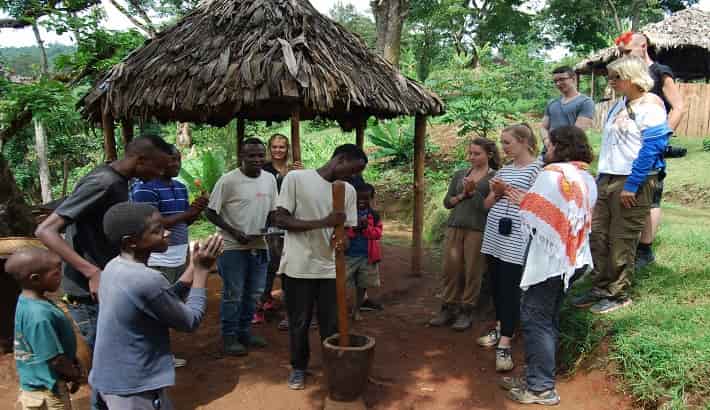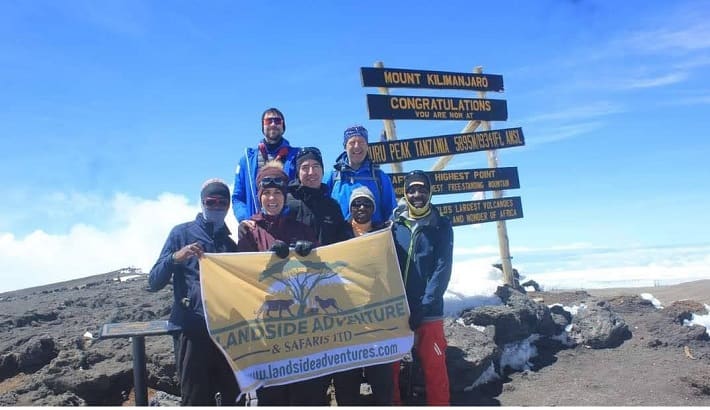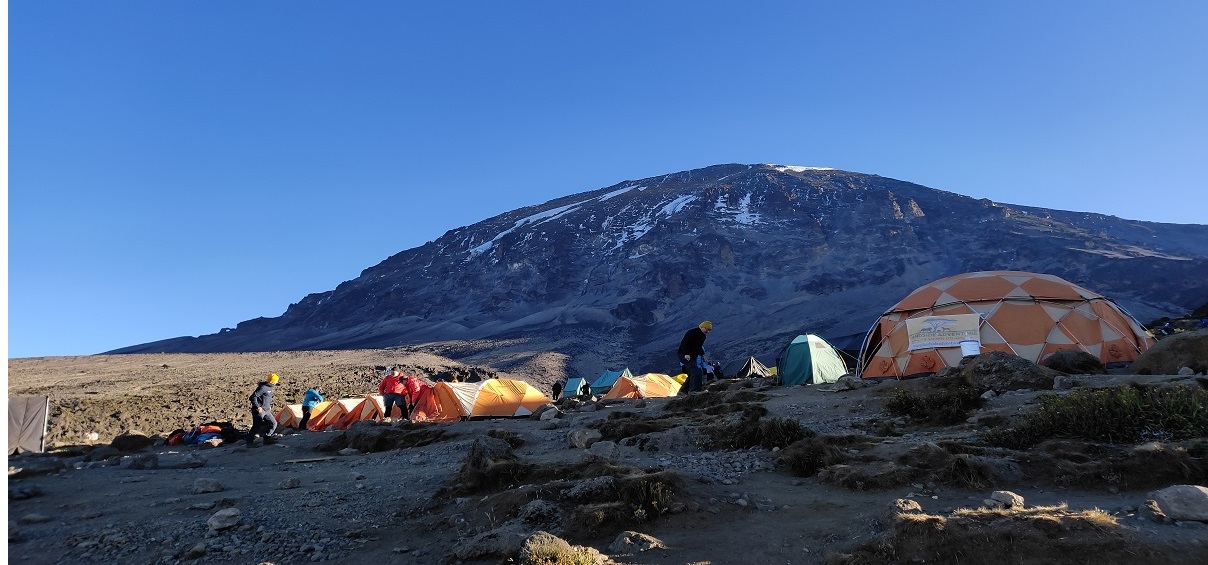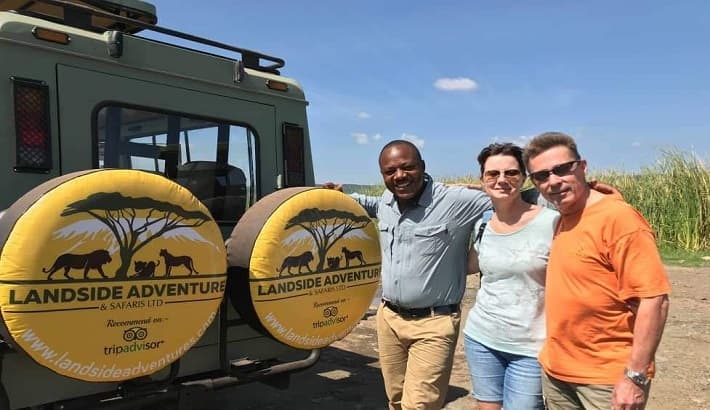
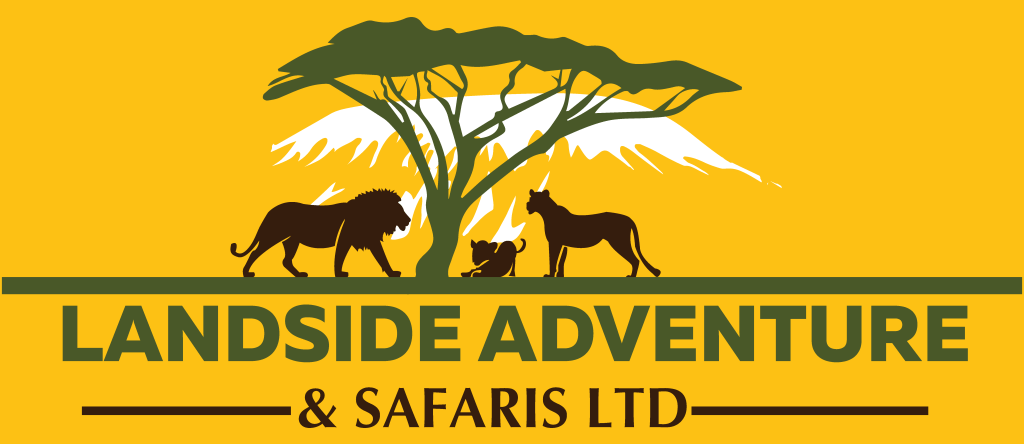
Chat on Whatsapp
-
+255 752 633 454
Mount Kilimanjaro Success Rate
Mount Kilimanjaro Success Rate
Mount Kilimanjaro Success Rate – How Many People Reach the Summit?
For many climbing Kilimanjaro is the experience of a lifetime. It’s also a fairly big investment and you therefore need to understand your chances of actually reaching the summit and which routes give you the best chance at doing that.
Almost all Western operators will tell you their ‘official’ summit success rate, however, this information can often be extremely misleading. The sad fact is that Kilimanjaro tour operators face an ethical dilemma. Do they push their guides to take unnecessary risks to get clients to the top? Or do they keep their high safety standards and suffer a lower summit success rate figure?
For any good operator, the answer is of course the latter. However, as we say, this does bring down summit success rate figures. Worse than this, some operators will simply make up their statistics.
One of the major problems is that, except for the old and out-dated Kilimanjaro National Park Authority statistics, there are no official statistics surrounding Kilimanjaro climbs and summit success rates. The statistics published by Kilimanjaro National Park Authority date from the early 2000s and are heavily skewed towards the short 5-day treks which have in recent years become much less popular as tourists have become better informed on the risks of altitude sickness on these short routes.
Whilst we cannot say for certain which operator has the highest summit success rates, we can say for sure what gives climbers the best chance at success – and that is a slow gradual ascent.
Statistics for summit success greatly improve when you spend longer on the mountain. The longer you give your body on the mountain, the more time it has to adapt and acclimatize to the altitude. Essentially, the longer you spend trekking, the higher the chance of success you have.
Route profile is also very important and all good operators will recommend routes that have a climb high, sleep low profile. This means trekking to the higher sections during the day and sleeping on the lower sections to give your body the opportunity it needs to acclimatize. Low-quality operators will simply rush you up to the mountain on the shortest route possible.
Below we have provided the summit success rate figures published by the Kilimanjaro National Park. Please note, these figures are old and summit success rates are undoubtedly higher today as route profiles have improved and the number of hikers opting for the 5-day treks has plateaued.
All climbers, all routes 45% (we estimate this figure is closer to 65% today)
All climbers, all 5 day routes 27%
All climbers, all 6 day routes 44%
All climbers, all 7 days routes 64%
All climbers, all 8 day routes 85%
Kilimanjaro Summit Success Rates by Route
Machame Route Success Rate
The Machame route is probably the most popular route up Kilimanjaro with roughly 50% of all trekkers using it. The route can be completed on a 6 or 7-day itinerary and the route provides a fantastic landscape and scenery. Both the 6 days and 7-day routes have a great climb high, sleep low profile and the summit success rate is high because of this, especially for climbers spending that extra day to acclimatize.
Based on our interviews with several leading operators, the 7 days Machame has an average summit success rate in excess of 85% whilst the 6-day option has a 73% success rate on average.
Rongai Route Success Rate
The Rongai route is the only route that starts from the Northern side of the mountain. Like the Machame, it is offered on both a 6 day and 7-day itinerary. However, unlike the Machame, the Rongai route does not offer a good climb high, sleep low profile which arguably makes this route more difficult. Therefore, spending an extra day on the mountain becomes even more valuable as the 6-day option is tough.
Our recommended operators state that the 7-day itinerary has an 80% summit success rate whilst the 6-day route has a 65% success rate.
Lemosho Route Success Rate
Probably our personal favorite, the Lemosho Route is fast becoming one of the most popular routes on Kilimanjaro. The Lemosho route is a beautiful and remote trek that approaches the mountain from the south-west and joins the busier Machame route on day 4. It is generally completed on a 7 or 8-day itinerary, however, some operators in an attempt to save money will offer it as a 6-day route. Even though the route starts at a higher altitude than other routes, it offers great acclimatization and a really good climb high, sleep low profile.
Success rates are high for this route – the 8-day option is usually around 90% and the 7 days around 85%. For the less popular 6-day option summit success rate is roughly 65%.
Northern Circuit Success Rate
This is the newest route on the mountain and traverses all of the Northern Slopes on a circumnavigation of the mountain. The Northern Circuit is also the longest route, taking 9 days
Because of its length, it’s the safest and most successful route up Kilimanjaro with an average summit success rate of over 95%! If you have the time and want to get off the standard busier routes, this is probably the best option for you.
Marangu Route Success Rate
The Marangu route is the oldest and most established route up Kilimanjaro. Its popularity stems from the fact that it is both the shortest route and also provides hut accommodation all the way up. It is often considered to be the ‘easiest’ trekking route to the summit, however, almost every summit success rate statistic contradicts this as the rates are by far the lowest of any other route – often below 50%! The reason of course is that the route is mainly taken on the short 5-day itinerary, which does not give climbers the chance they need to acclimatize properly. The Marangu Route is a favorite among local operators as it’s a quick turnaround, with no camping gear needed. We recommend taking the 6-day itinerary if you decide to use the Marangu route, as it has much better summit success rates than the 5-day option
Email Address
info@landsideadventures.com
Call
+255 752 633 454
+255 692 406 444
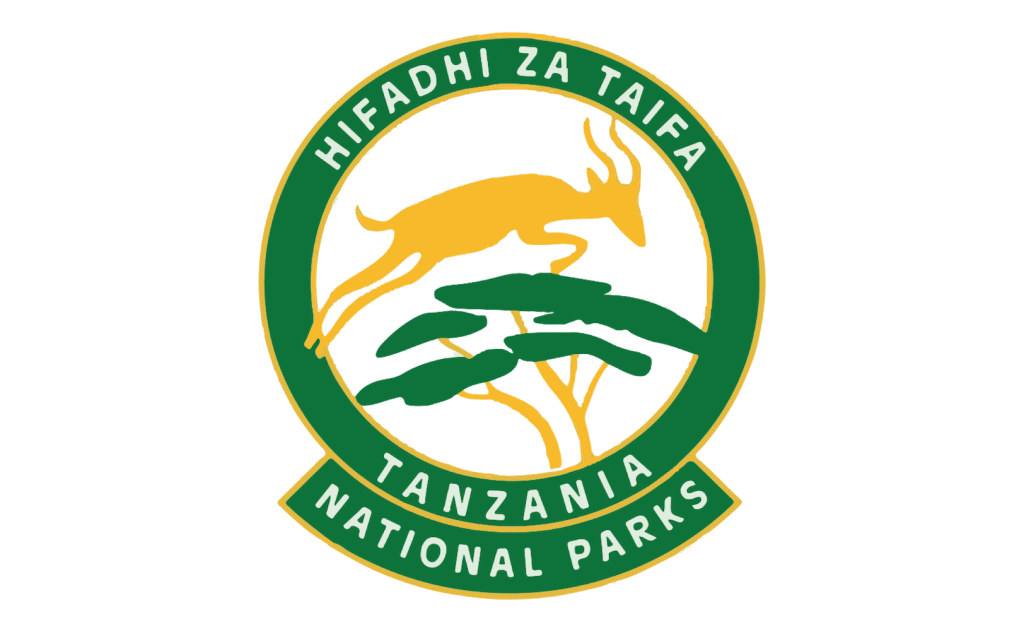
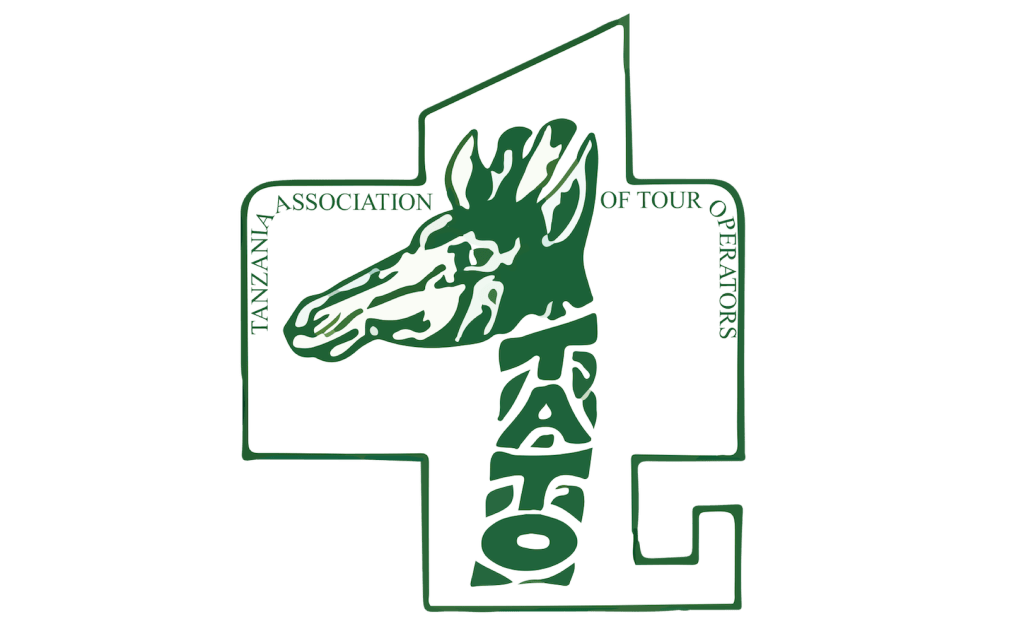
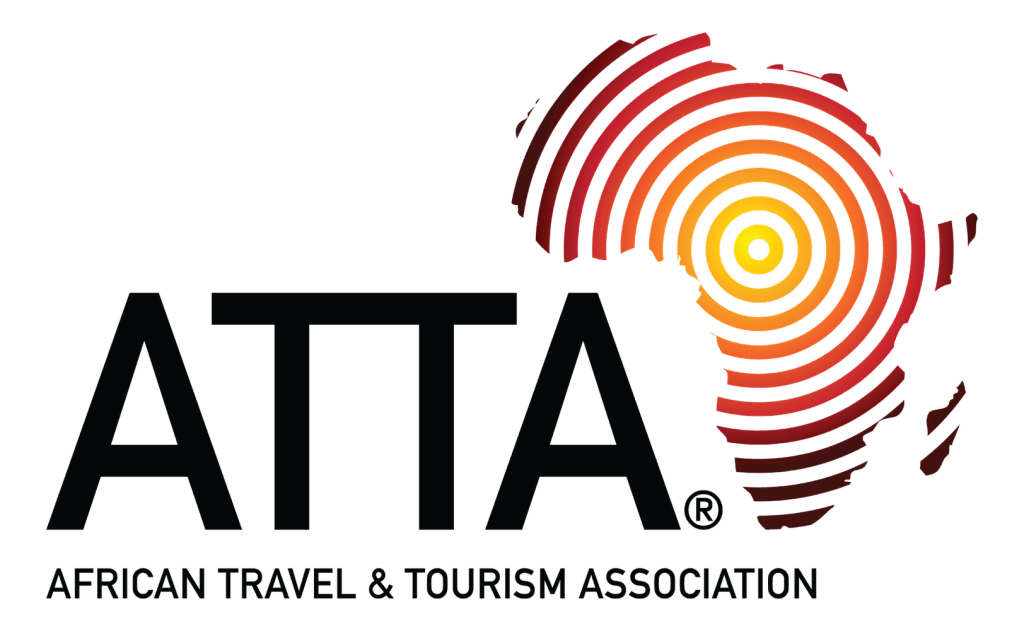
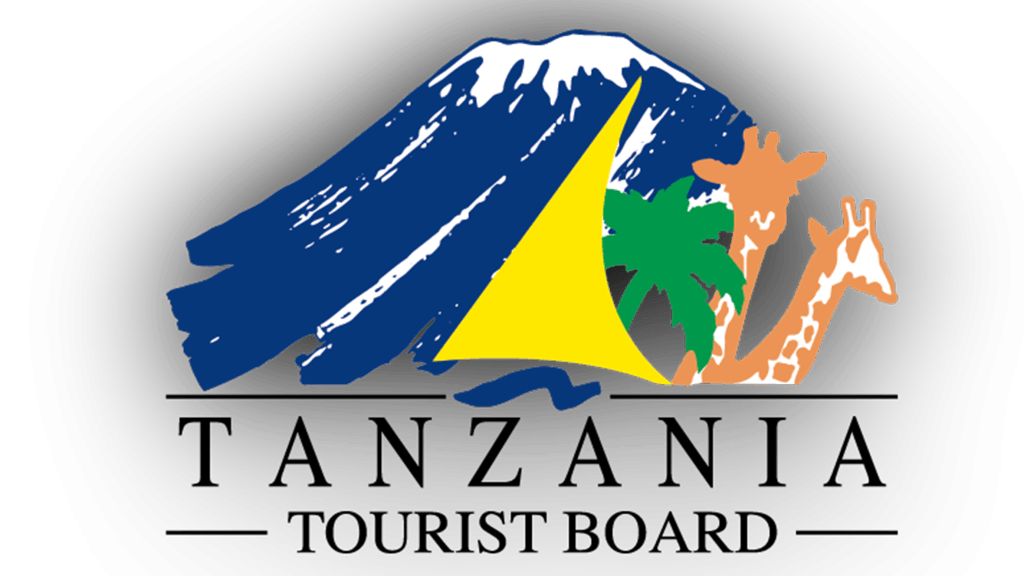
Email Address
info@landsideadventures.com
Call
+255 752 633 454
+255 692 406 444




Email Address
info@landsideadventures.com
Call
+255 752 633 454
+255 784 971 777






